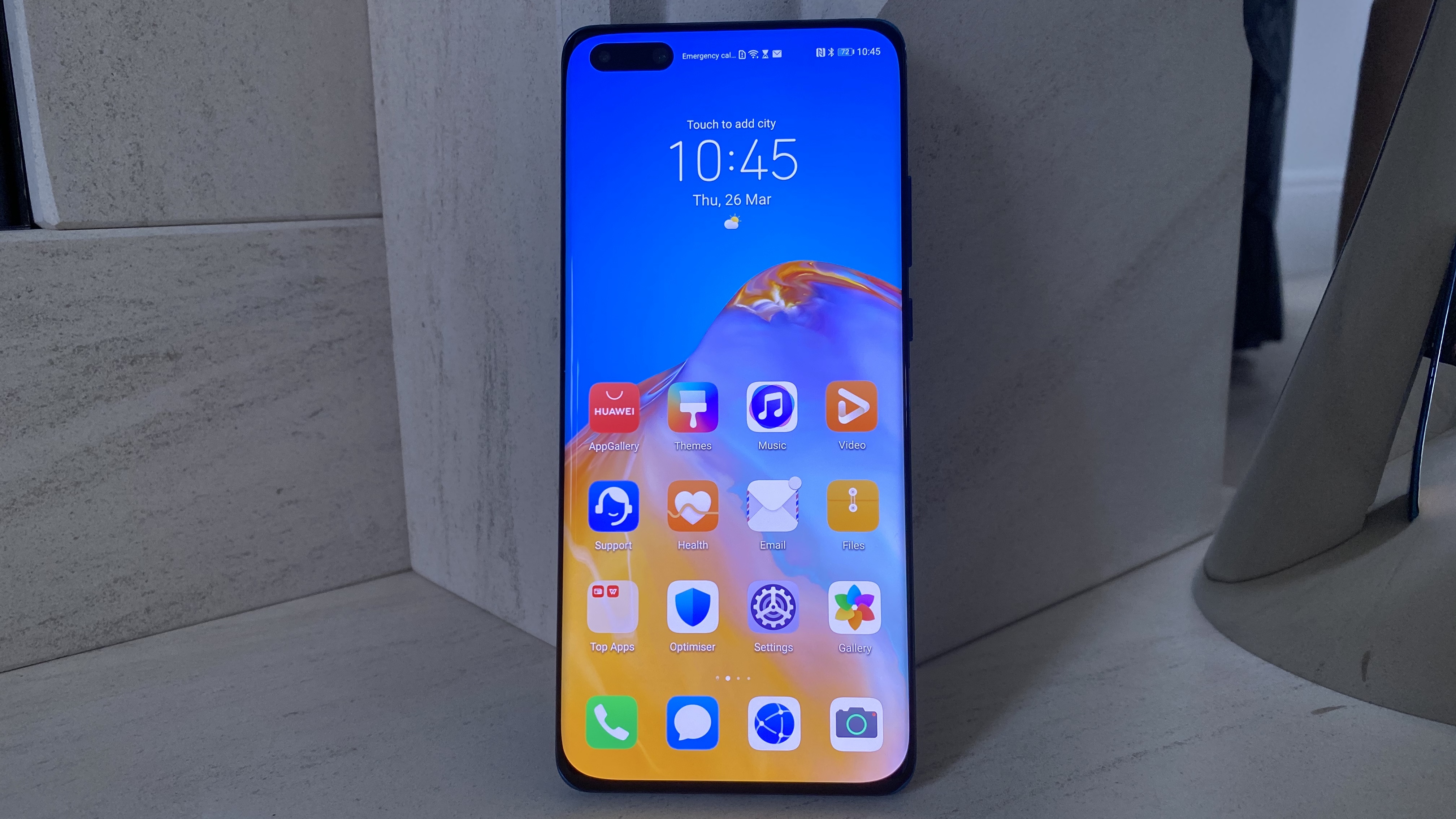Early Verdict
The Huawei P40 Pro offers superior cameras and a captivating overflow display but an improved App Gallery doesn't make up for the lack of Google Apps.
Pros
- +
Fantastic cameras
- +
Overflow display looks great
- +
Face Recognition and fingerprint sensor are fast and secure
- +
Improved App Gallery
Cons
- -
No Google support means you miss out on key apps
- -
Not available in U.S.
- -
Small-ish battery for a flagship phone
Why you can trust Tom's Guide
The Huawei P40 Pro is what happens when a company is forced to scramble in the face of huge obstacles. Last year's Huawei 30 Pro was an excellent camera phone that came out before Huawei was effectively banned from using Google apps on its phones. That ban hit the Huawei Mate 30 Pro particularly hard, as last fall’s release fell flat.
The P40 series — and specifically the P40 Pro — has had more time to adapt to a life without the Google Play Store, and Huawei has had the chance to improve on last year’s features. The result is once again a phone that could crush the competition when it comes to photography, but will cause headaches in the software department.
Our hands-on Huawei P40 Pro review demontrates that Huawei has closed the gap with the Samsung Galaxy S20 Plus and the iPhone 11 Pro. If you want the best hardware at any cost, you'll want the P40 Pro. But if you value convenience, you should still look elsewhere.
Huawei P40 Pro: Price and release date
The Huawei P40 Pro, with its single 8GB RAM/256GB storage version will cost 999 euros ($1,095/£912 converted), and will be available to buy from April 7. This will be available in the UK, at the same time as the 799 euro P40 ($875/£730), and will then be joined in June by the 1,399 euro ($1,533/£1,279) P40 Pro Plus. One thing we do know for certain is that the Huawei P40 Pro won't be coming to the U.S.
Because the U.S. government believes Huawei to be a danger to national security, the company is forbidden from trading with American companies, meaning you won't find the P40 series handsets in any mobile carrier store either in person or online. Shoppers in Europe are expected to have access to the P40 series as normal through electronics stores and mobile carrier outlets.
There will likely be ways to import the Huawei P40 Pro. Typically this involves buying a Chinese or Latin American Huawei handset from an online auction site or importing one from a phone store. This can be expensive, and can lead to cell signal compatibility problems if you don't check which frequency bands the specific version you're buying supports.
Starting Price: TBA
Display: 6.58-inch quad-HD AMOLED; 90-Hz refresh rate
CPU: Kirin 990
RAM: 8GB
Storage: 128GB, 256GB
microSD: Yes, up to 256GB (NM Card)
Rear camera: Quad-lens: 50MP primary; 12MP telephoto with 5x lossless zoom; 40MP ultrawide; time of flight
Front camera: Dual-lens: 32MP primary, time-of-flight
Battery: 4,200 mAh
Size: TBA
Weight: 7.41 ounces/210g (unofficial)
Huawei P40 Pro: Design and colors
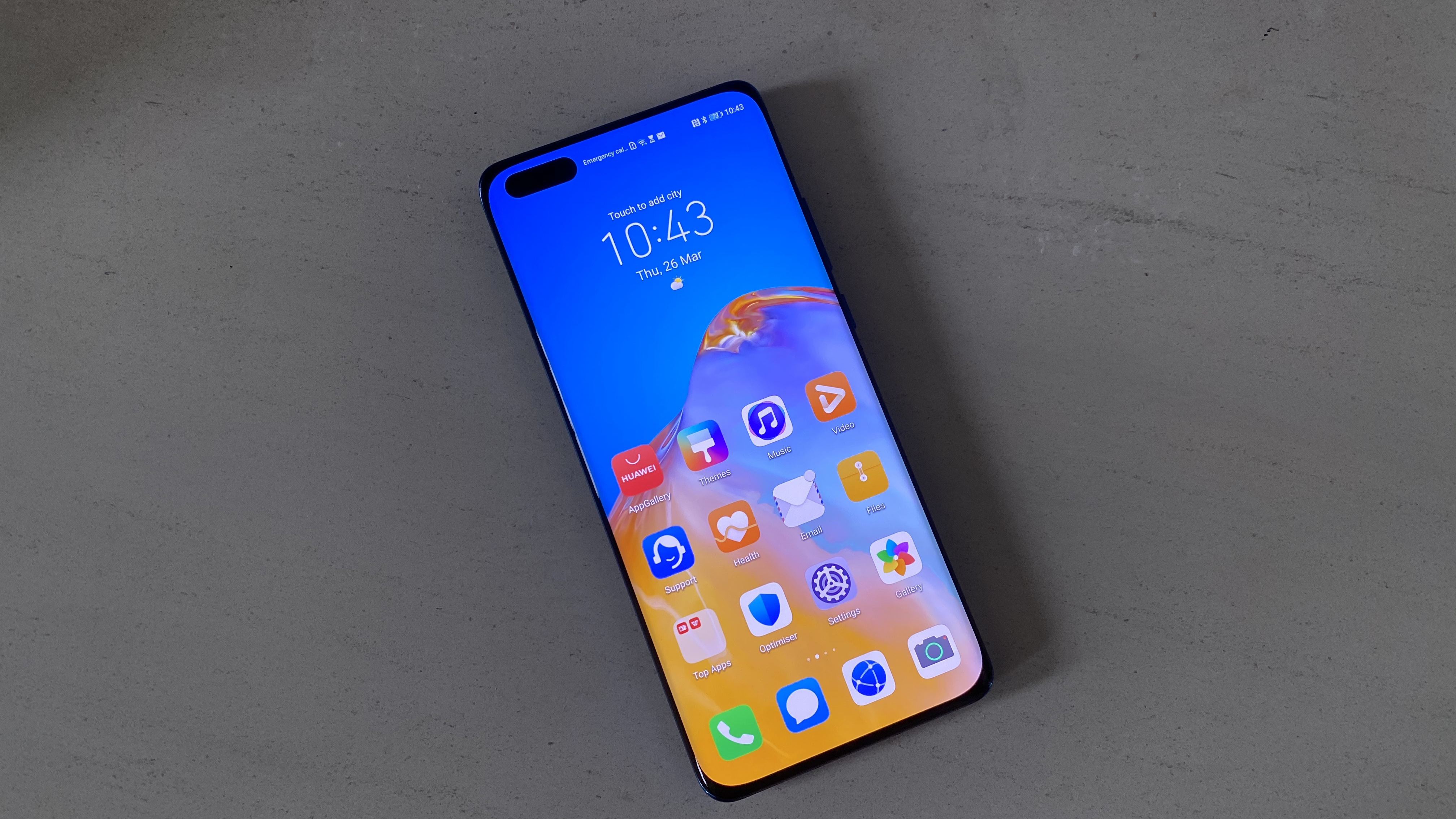
The first thing you'll spot when you power up the P40 Pro is the change in notch style on the phone’s display. The waterdrop notch is gone, and now we've got a pill-shaped double cutout in the top left corner. It takes up a fair chunk of screen, but so does the iPhone 11 Pro's notch and people mostly tolerate that.
It initially looks odd to have such a large punch-hole floating away from the edge of the P40 Pro, but the cutout doesn't get in the way of your normal phone activities and disappears into a black sidebar if you turn your phone sideways to watch a video or play a game.
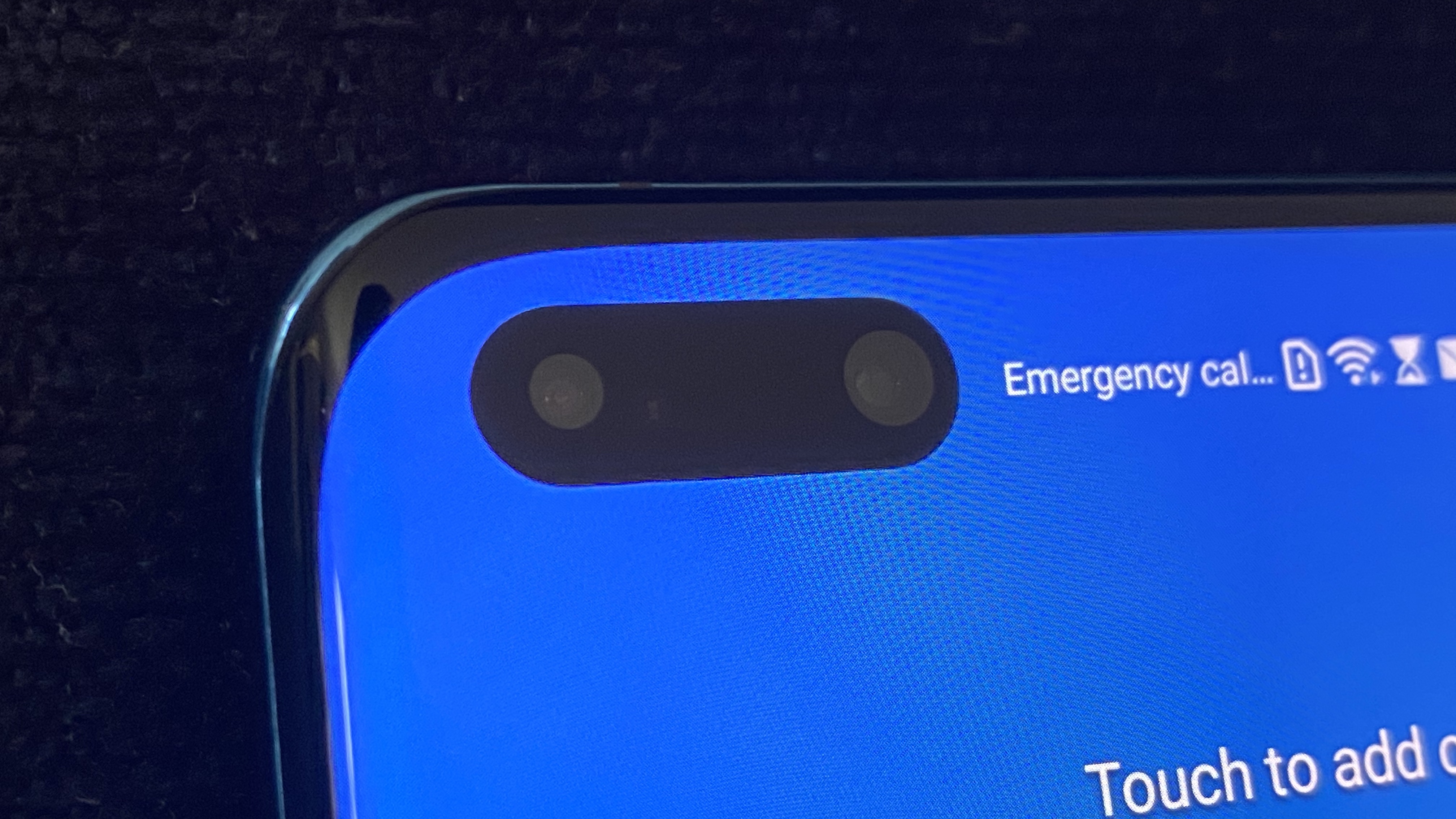
Unlike Samsung, which abandoned the curved edge display in favor of a flat panel on the S20 series, Huawei has doubled down on curves for the P40 series. The screen features an "overflow display" that curves on the top and bottom as well as the sides, giving a near-full screen look to the P40.
It's not quite a full screen because there are still small bezels visible at the top and bottom, and all four corners have considerable bezels, making the display look like it's tucked into a black photo album page. The curves are also not as extreme as the Mate 30 Pro's "horizon display," but it's still an attractive shape overall.
On the back of the P40 Pro, the camera bump is a big black lump in the top left corner. While it looks pretty ugly, the camera bump at least looks like it means business, particularly with its proudly displayed Leica branding, the lens company that’s again helping Huawei with its camera hardware.
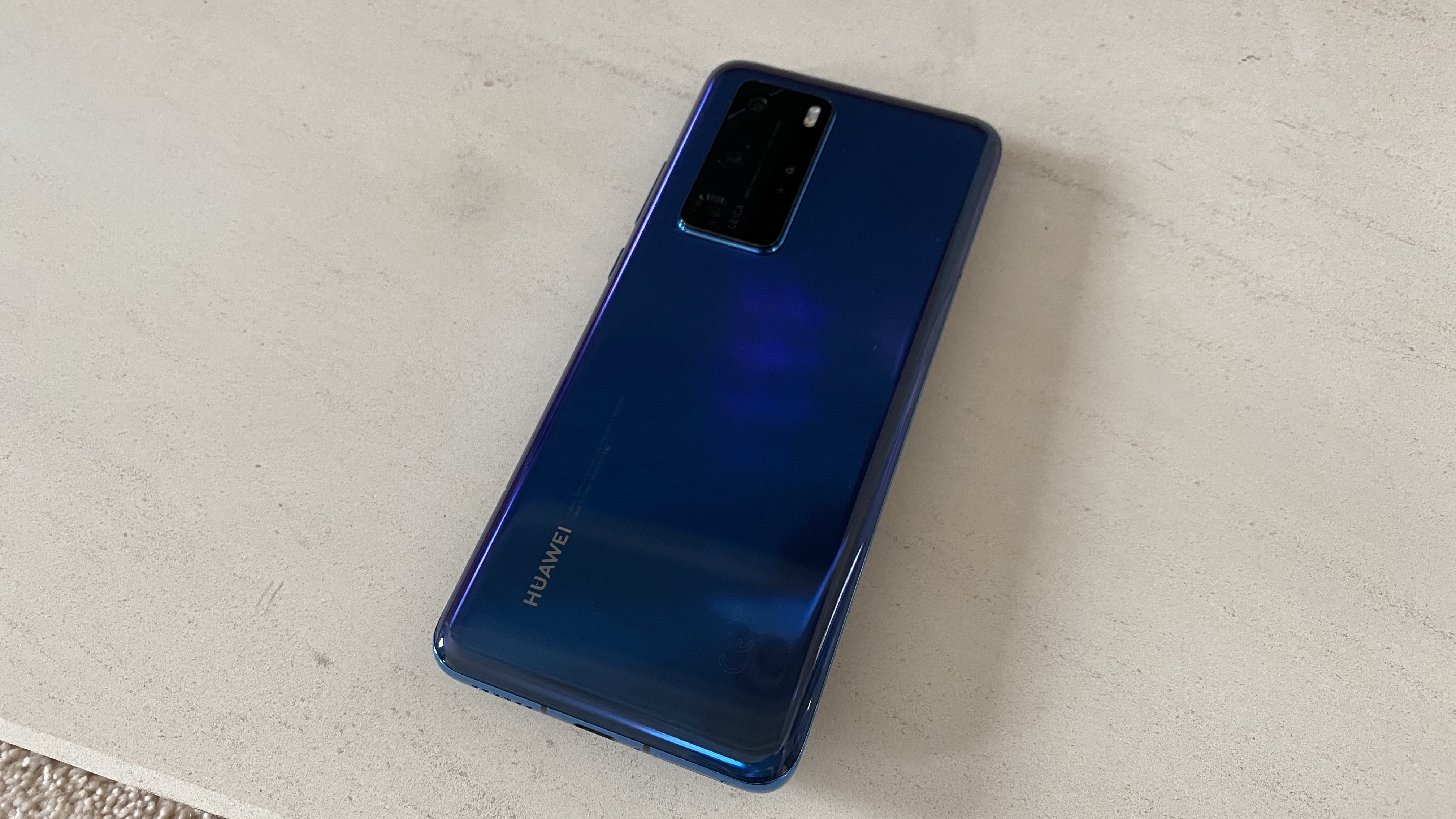
The bump emerges from the back of the phone at a smooth but sharp angle, what Huawei describes as a "volcano" design, but it does make the P40 Pro wobble a little when placed on its back, a common problem with camera bump-bearing phones but. The rest of the back is plain, aside from the Huawei logo on the bottom left.
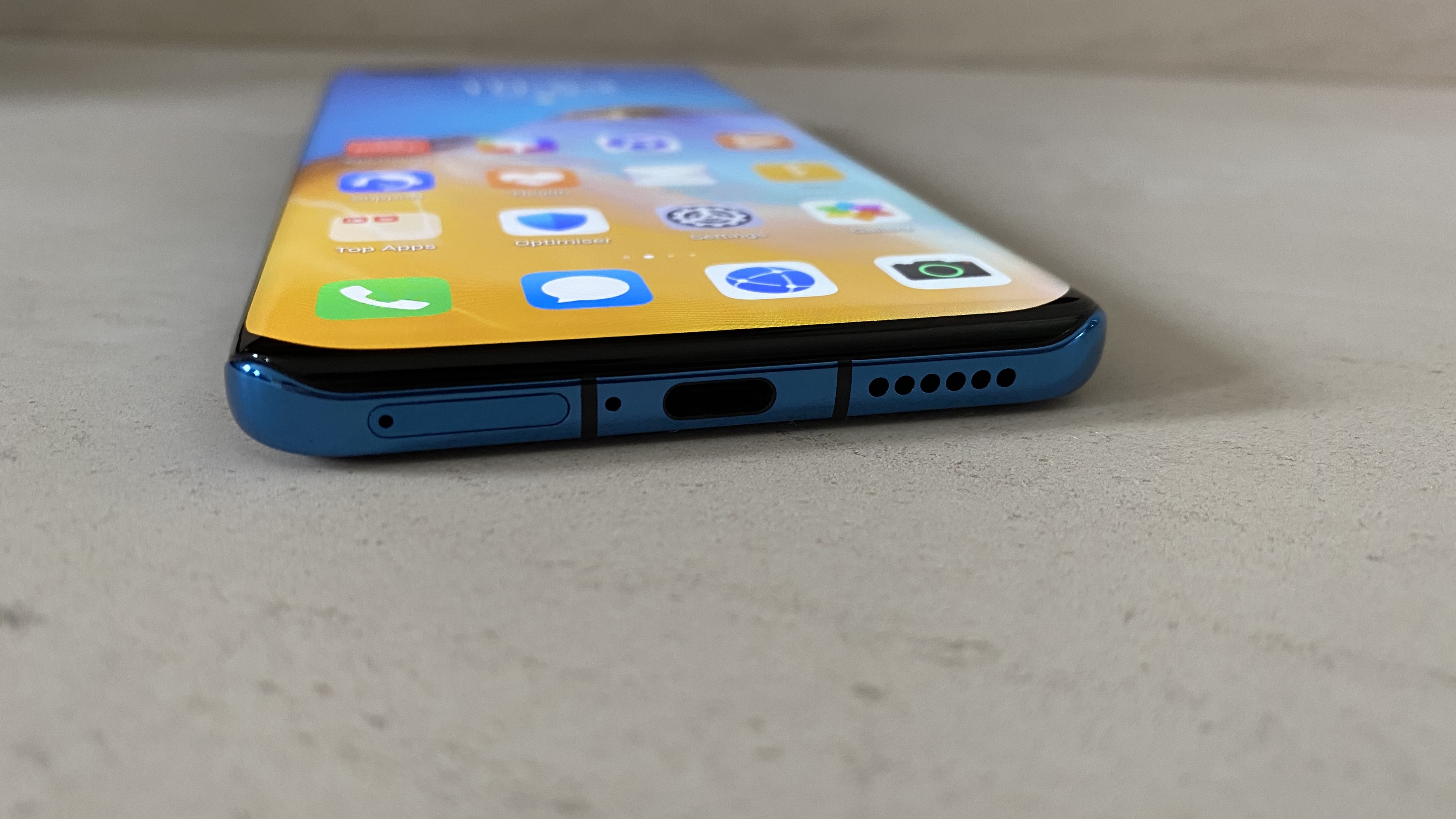
Taking a tour around the P40 Pro's edges, you'll find a microphone and IR sensor at the top, the volume rocker and power button on the right, the external speaker grille, USB-C port and SIM tray on the bottom (no headphone jack once again sadly), and a completely empty left side.
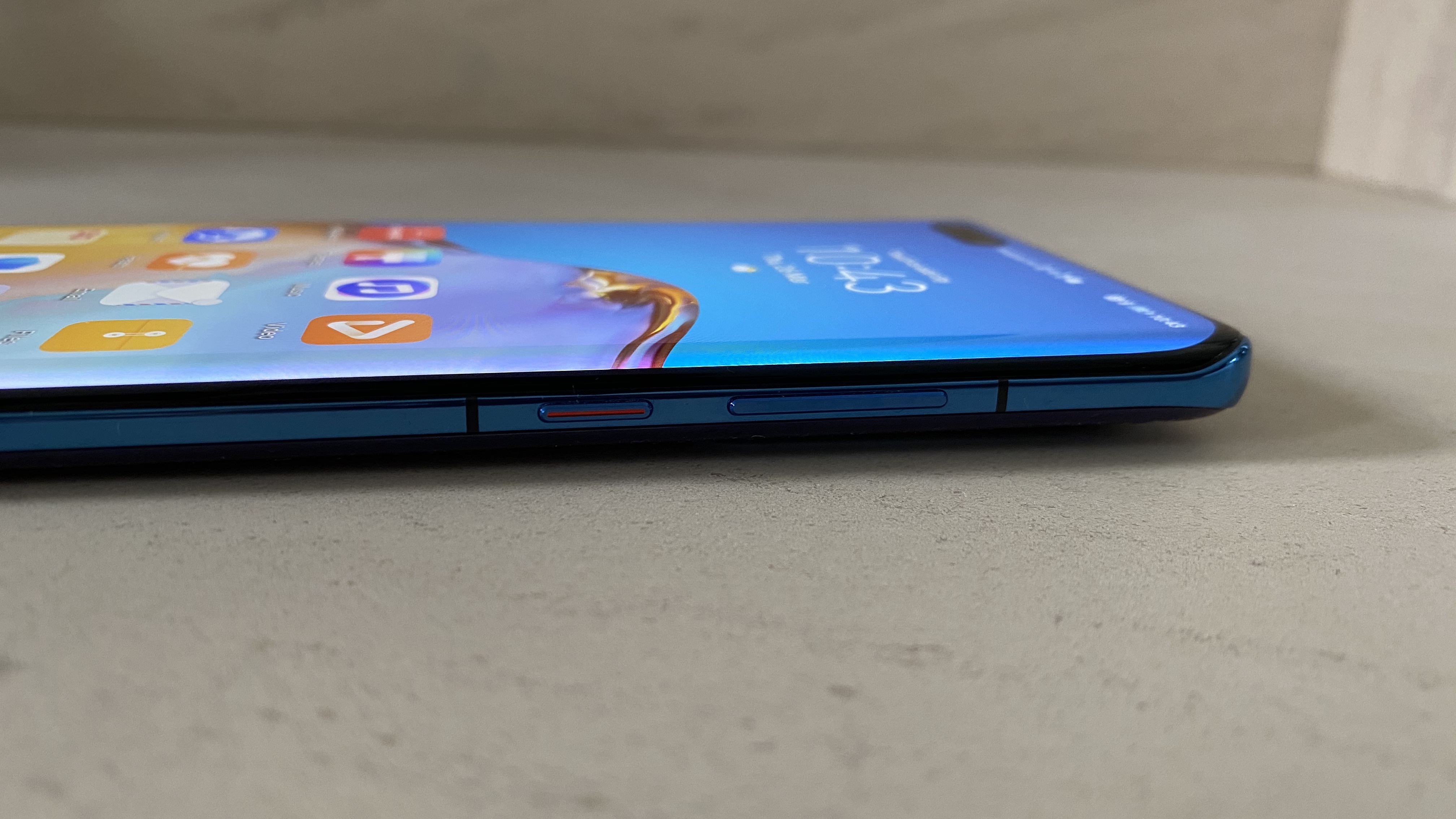
For Huawei P40 color options, Huawei offers Pearl White, black or DeepSea Blue (the color of my review handset) for the normal gloss finishes. There are also Silver Frost and Blush Gold as matte finishes, but sadly the black or white ceramic backs are reserved for the P40 Pro Plus only. That's a whole lot of colors, and I think all of them look great, although there's no super bright option for people looking to show off their P40 Pro.
Huawei P40 Pro: Display
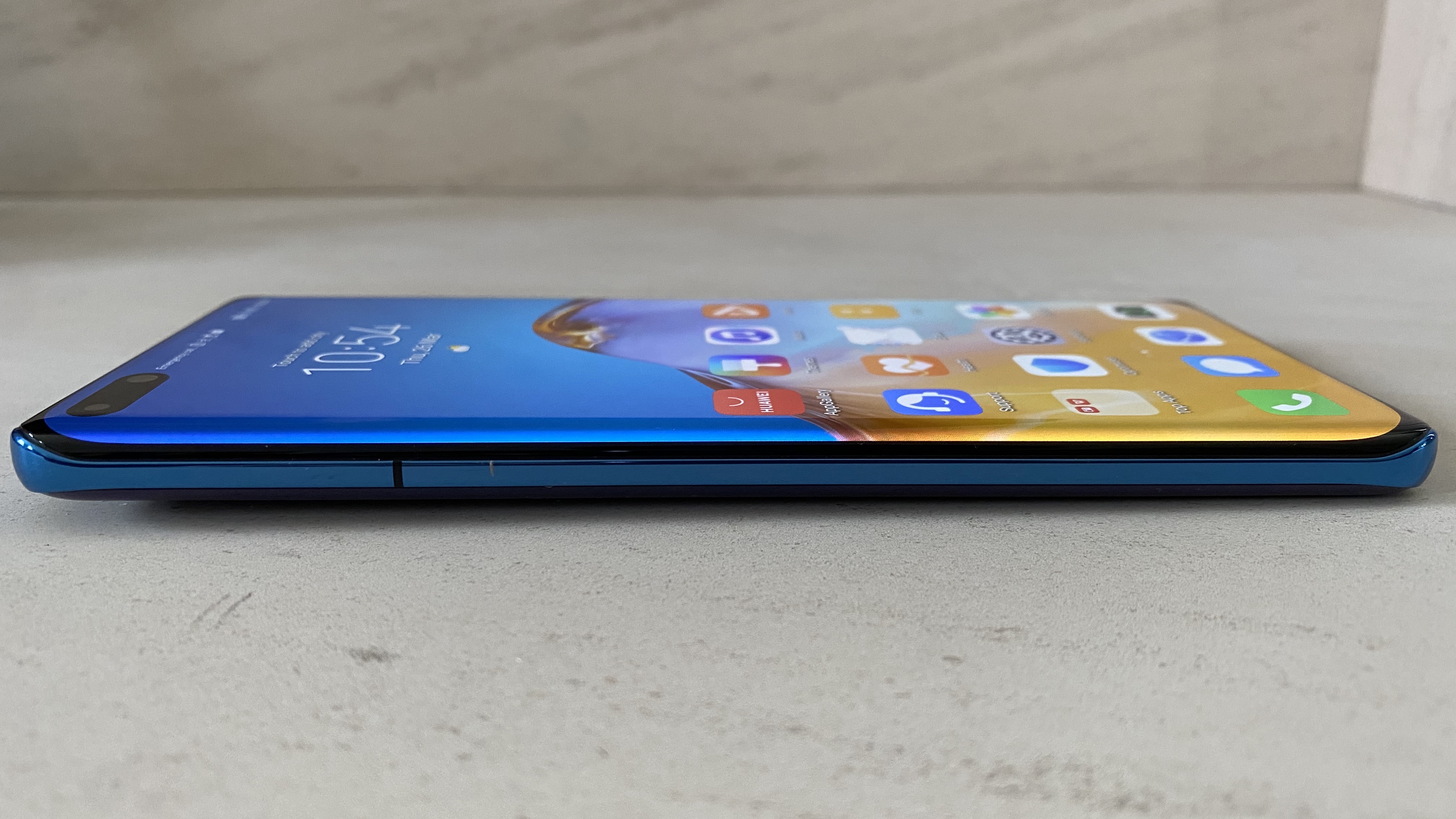
The P40 Pro shares its display with the P40 Pro Plus: a 6.58-inch OLED screen with a resolution of 2340 x 1200 and a 90Hz default refresh rate. As we mentioned, the display has a slight curve on all four edges, but while it's enough to hide some of the bezels, it's not enough to make it hard to find the edge when you're using Android 10's gesture navigation mode.
Personally, I think this is a great compromise between looks, the viewing experience and ergonomics, and shows that despite some companies steering away from curved screens, there's still a good reason to have them on phones.
The Huawei P40 Pro has a refresh rate of 90Hz that can be turned down to 60Hz, and the resolution can automatically switch to or be set to 1760 x 800, both great options that can help you save battery life. The 120Hz displays on Samsung’s Galaxy S20 models are obviously smoother, but do drain the battery significantly based on our testing.
Huawei P40 Pro: Cameras
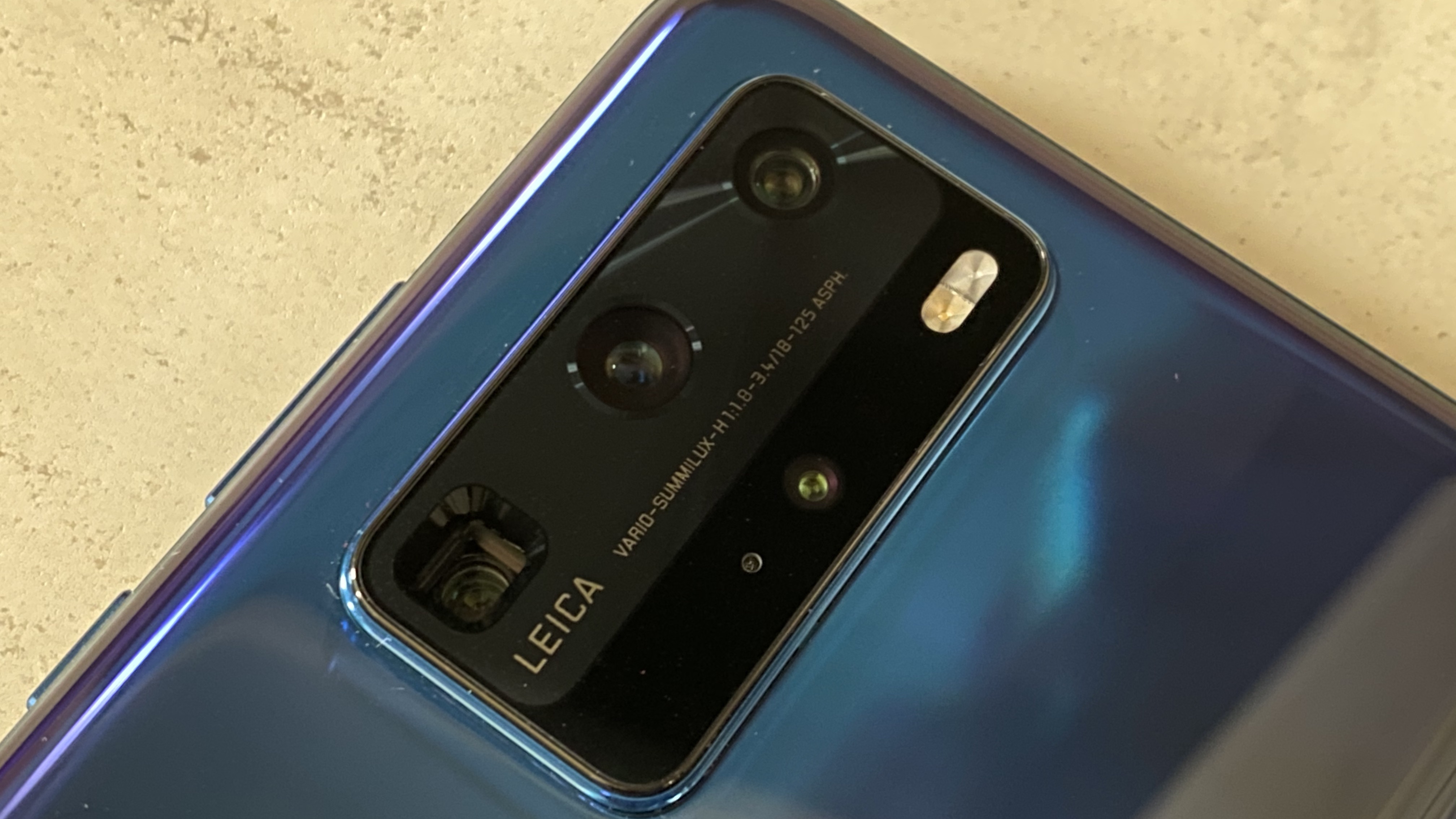
Arranged in a rectangular bump in the top left corner, the Huawei P40 Pro has four rear sensors — a 50MP main camera with Huawei's special RYYB sensor, a 12MP 5x optical telephoto zoom (maxing out at 50x), a 40MP ultra wide camera and a time-of-flight sensor to enhance the other three cameras with depth-accurate photo effects.
I compared the P40 Pro to my current phone, the iPhone 11 Pro. In a close-up of a daffodil using the two phones' main cameras. We see that the P40 Pro retains one of Huawei's classic photography traits — a tendency to capture lower color temperature images than its competition. This helps the green background look much more lush in the P40 Pro’s photo, but the bright yellow of the flower means you lose some of the detail on the petals that the iPhone 11 Pro manages to pick up.
This medium shot of Holly the beagle is similar. The cooler colors don't capture Holly's reddish-brown fur at its best, while the iPhone 11 Pro does a better job showing the different hues present within her coat. The iPhone also doesn't overreact to the light coming in from the window in the top left, while it causes discoloration to the sofa in the P40 Pro's image.
For the zoom comparison, I took two sets of pictures of this red front door with its squirrel-shaped knocker: one at 2x zoom, the optical magnification of the iPhone 11 Pro, and one at 5x zoom, for the P40 Pro, to see how they handle both digital and optical zoom. At 2x, the P40 Pro's image is much brighter, as we've come to expect. However, some of the detail in the door's inset panels gets lost.
At 5x, the extra brightness seems to cause less of a problem for the P40 Pro, allowing us to appreciate the lines carved into the back of the door knocker more easily than we can on the iPhone 11 Pro's image.
Finally, this wide shot over a Northumbrian field shows a great contrast. Part of that is that the iPhone 11 Pro's wide angle lens is wider than the one fitted to the P40 Pro. However, the P40 Pro's 40MP sensor is far larger than the 12MP lens on the iPhone, meaning that it captures a more detailed and color faithful image of the bright spring morning.
I returned to take some night shots, a difficult task given the lack of artificial light in the area. Both phones returned a decent silhouette of the treeline and a nicely colored night sky, but you can see in the comparison photos that the iPhone 11 Pro's image is far noisier. This is exactly where Huawei's large and super sensitive main sensor shines, capturing an undeniably better image.
On the front of the P40 Pro, you get the 32MP selfie camera that Huawei used on the P30 Pro, but now there’s an extra time-of-flight sensor, both to improve photo effects and for the facial recognition mechanism. This is a similar set-up to what the iPhone 11 Pro has on the front, except the iPhone's camera is only 12MP.
The Huawei's selfie is naturally much more detailed, but seeing the imperfections in my skin and my pallid complexion hardly makes me want to upload this picture to Instagram (although Huawei has plenty of in-built beautification tools in the Photo app should you want them). The iPhone image is a lower resolution, but not to an unpleasant amount, and the post processing is much more flattering. Both phones do a good job at blurring the background in the bokeh portrait mode, although I pop out more against the window in the Huawei's image thanks to a sharper outline.
Our Huawei P40 Pro review found that the new phone’s cameras excel where Huawei camera phones always excel — at the extremes of light and darkness, where the size and power of the camera sensors can be used fully. However, for the average photo, you'll find rival phones do just as good a job, and perhaps even better depending on how you like your images to look.
Huawei P40 Pro: Performance
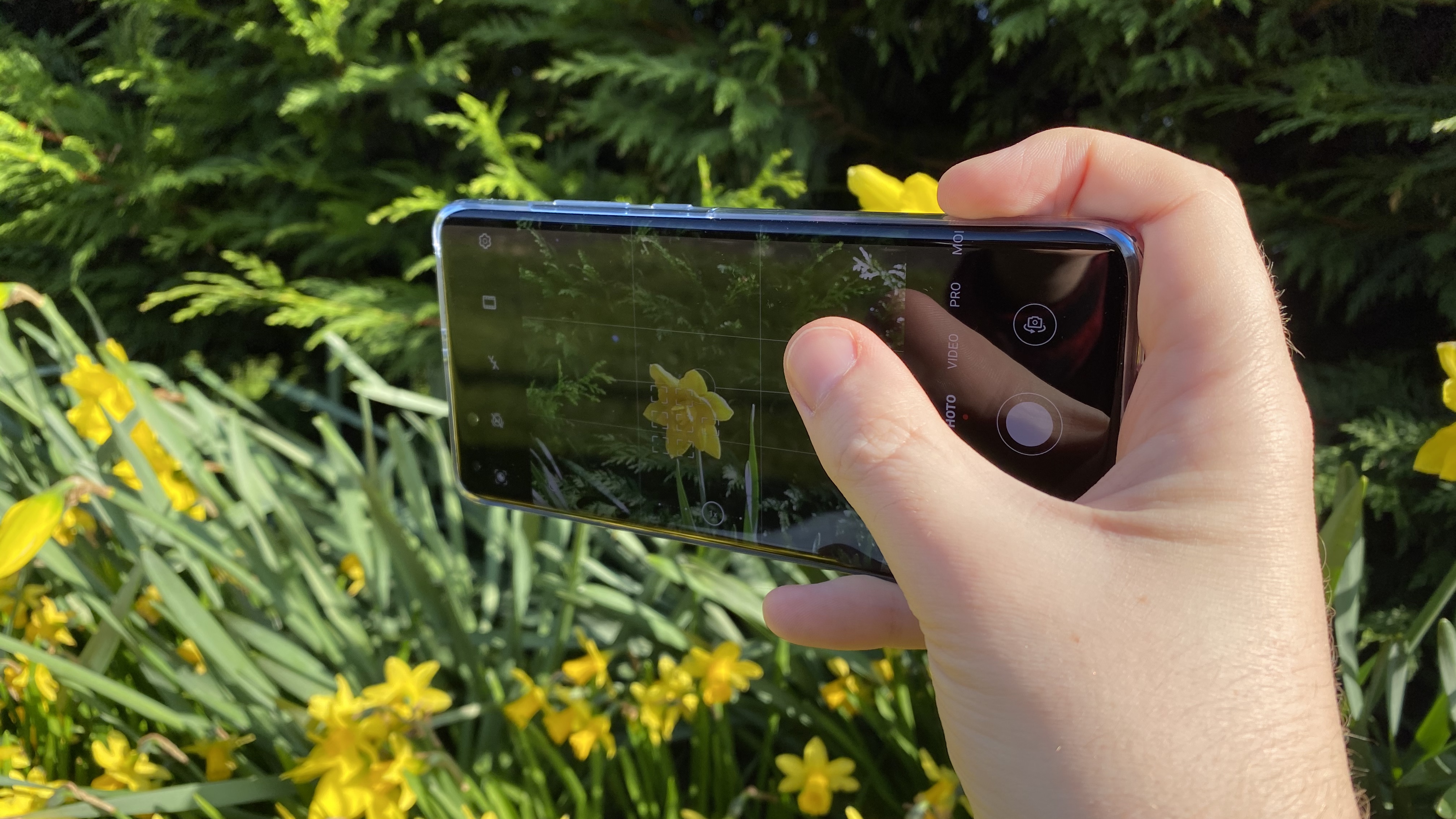
The raw stats of the P40 Pro are fairly good, but somewhat lacking. The Kirin 990 CPU inside of the new phone is powerful but doesn't match the Snapdragon 865 or A13 Bionic processors in the Galaxy S20 or iPhone 11 series, respectively. The P40 Pro’s 8GB of RAM is enough memory, and more than you'll find in an iPhone 11, but looks weak compared to the 12GB used in the S20 series.
The Huawei P40 Pro comes with 128GB or 256GB of storage with the option for adding up to 256GB more by using one of Huawei's Nano Memory cards, a proprietary equivalent to an SD card.
I was unable to try out our normal GFXBench test for graphics due to difficulties getting a working app, but I was able to run Geekbench 5 on the P40 Pro. It scored 756 points in the single-core test and 3,047 in the multi-core test. That's not as good as the Galaxy S20 Plus, which scored 818 and 3,076 respectively, but not too far off in terms of multi-core performance. Sadly, the P40 Pro didn't have a chance against the iPhone 11 Pro, which managed 1,337 and 3,509.
Overall, the P40 Pro runs really well. Asphalt 9: Legends plays smoothly and with a minimum of heat. And switching between multiple apps didn't result in lag, despite the middling amount of RAM.
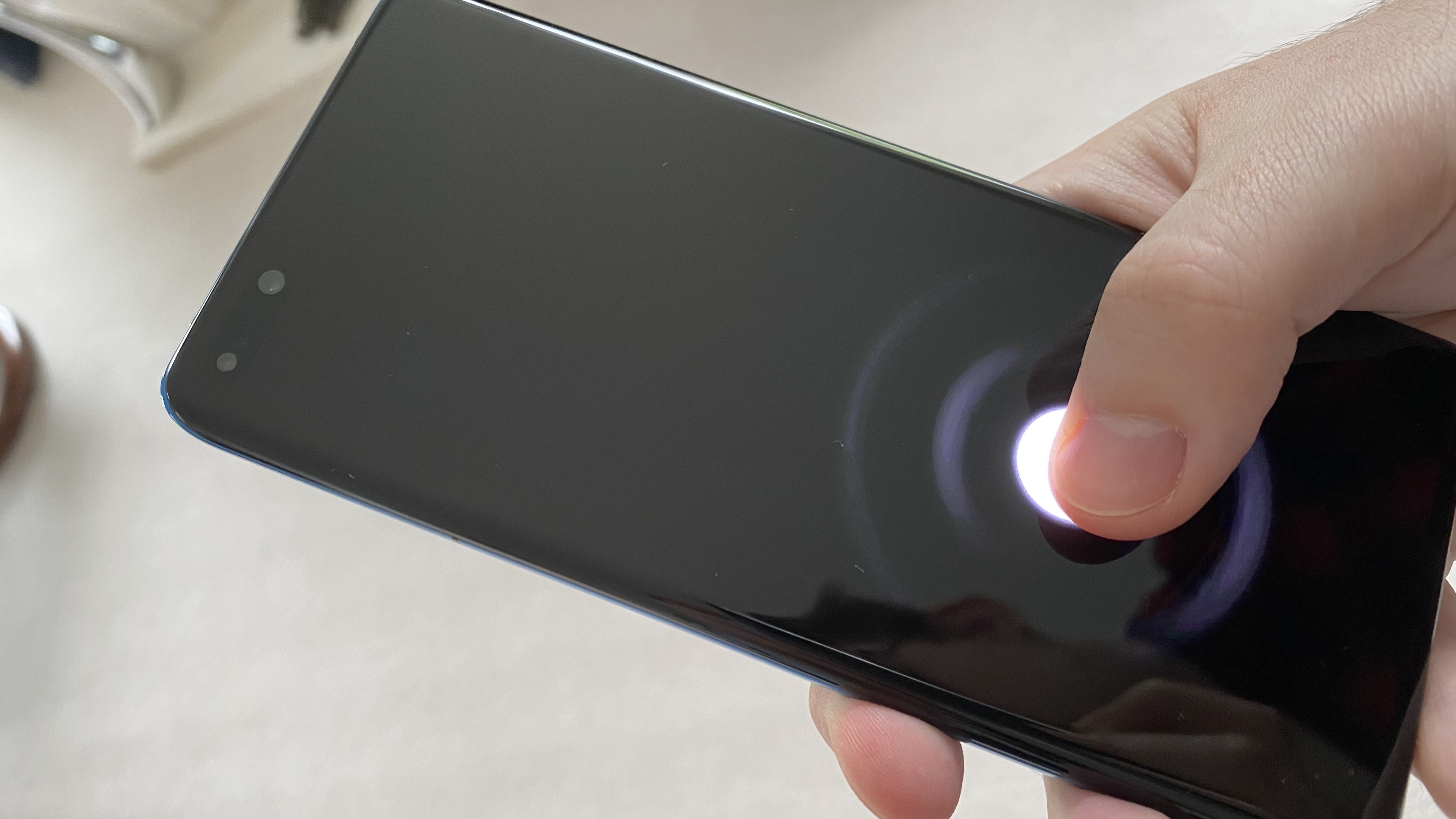
Huawei P40 Pro: Fingerprint and Face Recognition
Huawei has made significant improvements with unlocking its phones. Returning from the P30 series is the optical fingerprint scanner, except now it's larger, faster and has been moved a little higher up the phone's body, meaning you don't have to adjust your normal grip in order to unlock the P40 Pro.
However, I barely used the fingerprint sensor, because Huawei has added the Mate 30's infrared-enhanced Face Recognition. This isn't as sophisticated as Apple's Face ID with its dot projection, but it's still far more secure than most Android face unlock options. The Huawei P40 Pro recognized me whether or not I was wearing glasses, and during my testing against my iPhone 11 Pro, the P40 Pro unlocked just as quickly.
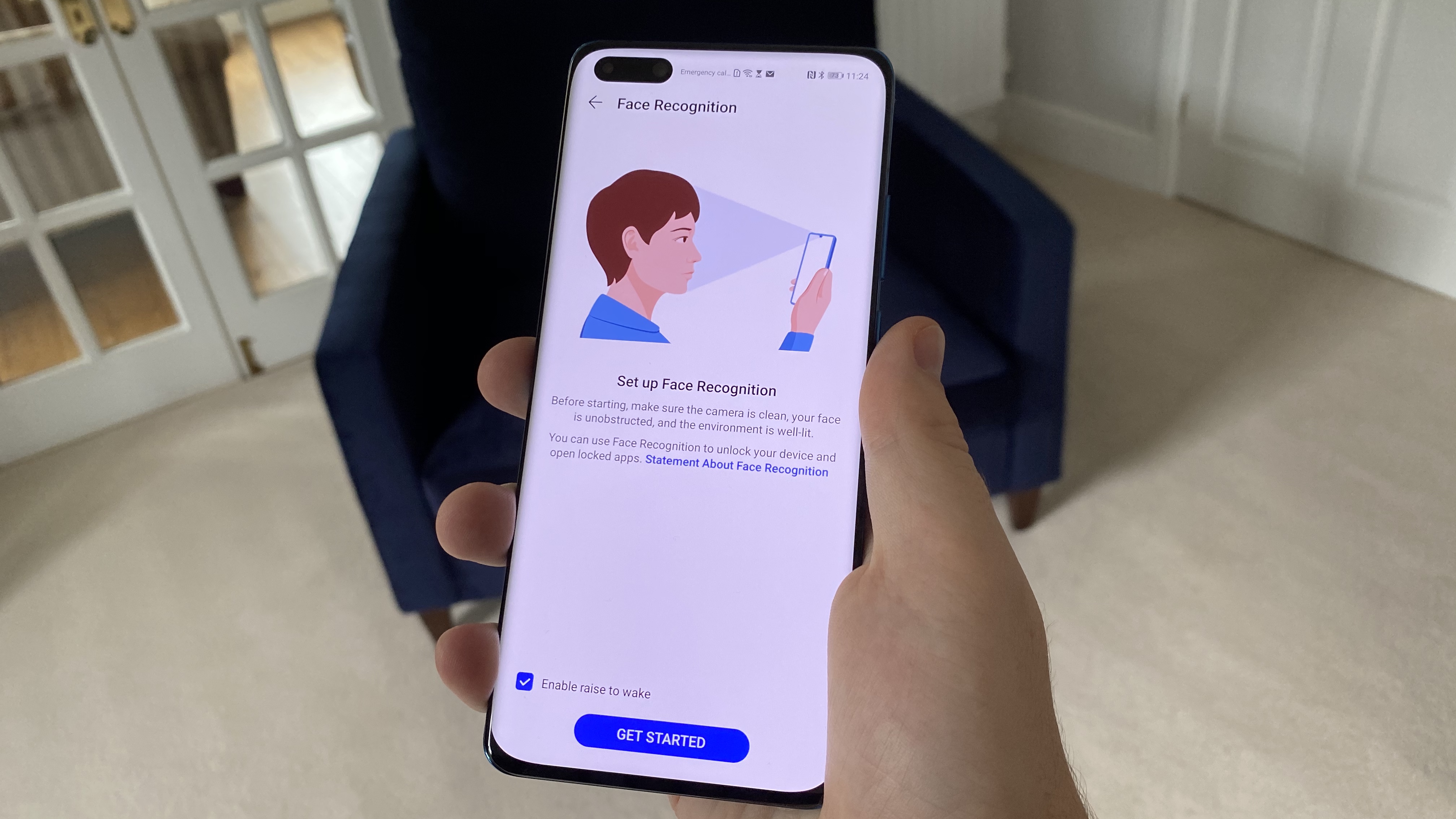
Huawei P40 Pro: 5G networking
The Kirin 990 chip comes with 5G support by default, and it’s compatible with networks built using the sub-6Ghz standard, but not those using mmWave. This means you won't get the enhanced speeds and reliability that 5G brings if you set up the P40 Pro on most US networks, which are using mmWave only. But the P40 Pro should work with any kind of 5G network you want to use it with in the UK, a select few in the US, and those in nearly any other country around the world that's got 5G live right now.
Huawei P40 Pro: Battery life and charging
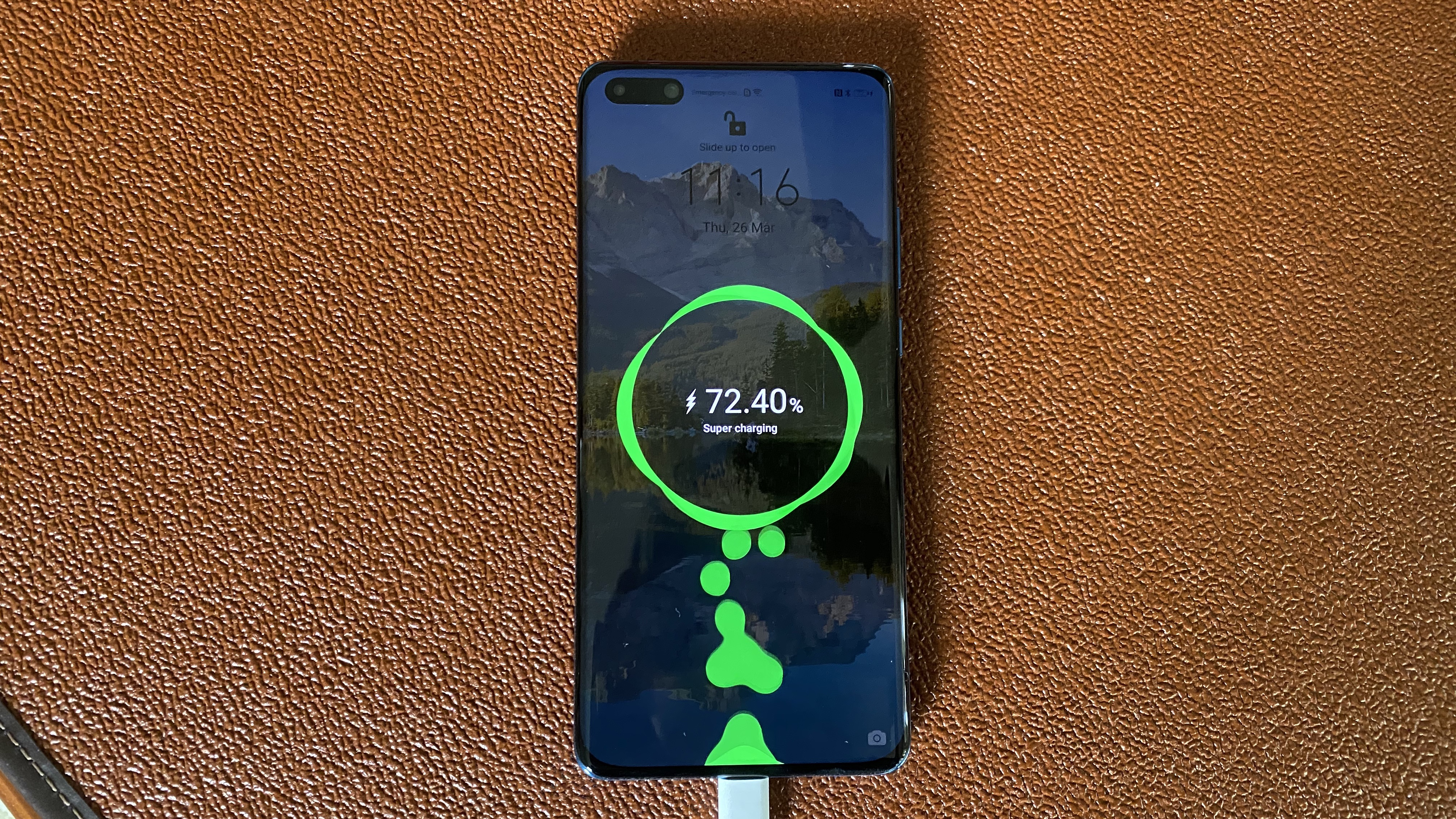
The battery in the P40 Pro series isn't very large. It comes with a 4,200 mAh battery, the same as the P30 Pro from last year and 300mAh smaller than what powers the Galaxy S20 Plus. The Galaxy S20 Ultra has an even larger 5,000 mAh battery.
We'll need to do some more testing to see how the battery life stacks up in normal use, but considering how generous Huawei was with the battery capacity on the P30 and Mate 30 series, it's odd that there has been no increase whatsoever. That said, we’d be very happy if the P40 Pro matches the P30 Pro’s impressive 12 hour, 53 minute result on our battery test, which involves continuous surfing over LTE until the phone runs out of power.
Huawei offers a pair of fast charging options on its new phone. The P40 Pro can fast charge up to 40W like the P30 Pro, but it can also wirelessly charge too. I tested the wired charger, and found that in half an hour, you can fill the P40 Pro from empty to 70%. Compared to the 55% you can achieve with the Galaxy S20 Plus or iPhone 11 Pro, this is quite impressive.
You can also reverse wireless charge with the P40 Pro, if you want to share power with a friend or charge up a compatible accessory.
Huawei P40 Pro: Software
While there may not be any Google apps on the P40 Pro, the phone runs Huawei's EMUI 10.1 interface, which is built on the open source version of Android 10. Meanwhile, App Gallery — Huawei's stand-in for Google Play — is starting to pick up steam.
When I reviewed the Mate 30 Pro, I criticized the the App Gallery for how poorly optimized it was for English speaking users. Now, however, I can download a browser like Opera, shop on the Amazon app and check my Facebook notifications. With a little fiddling about in the browser, I can even have the web app versions of my other most used apps quickly available.
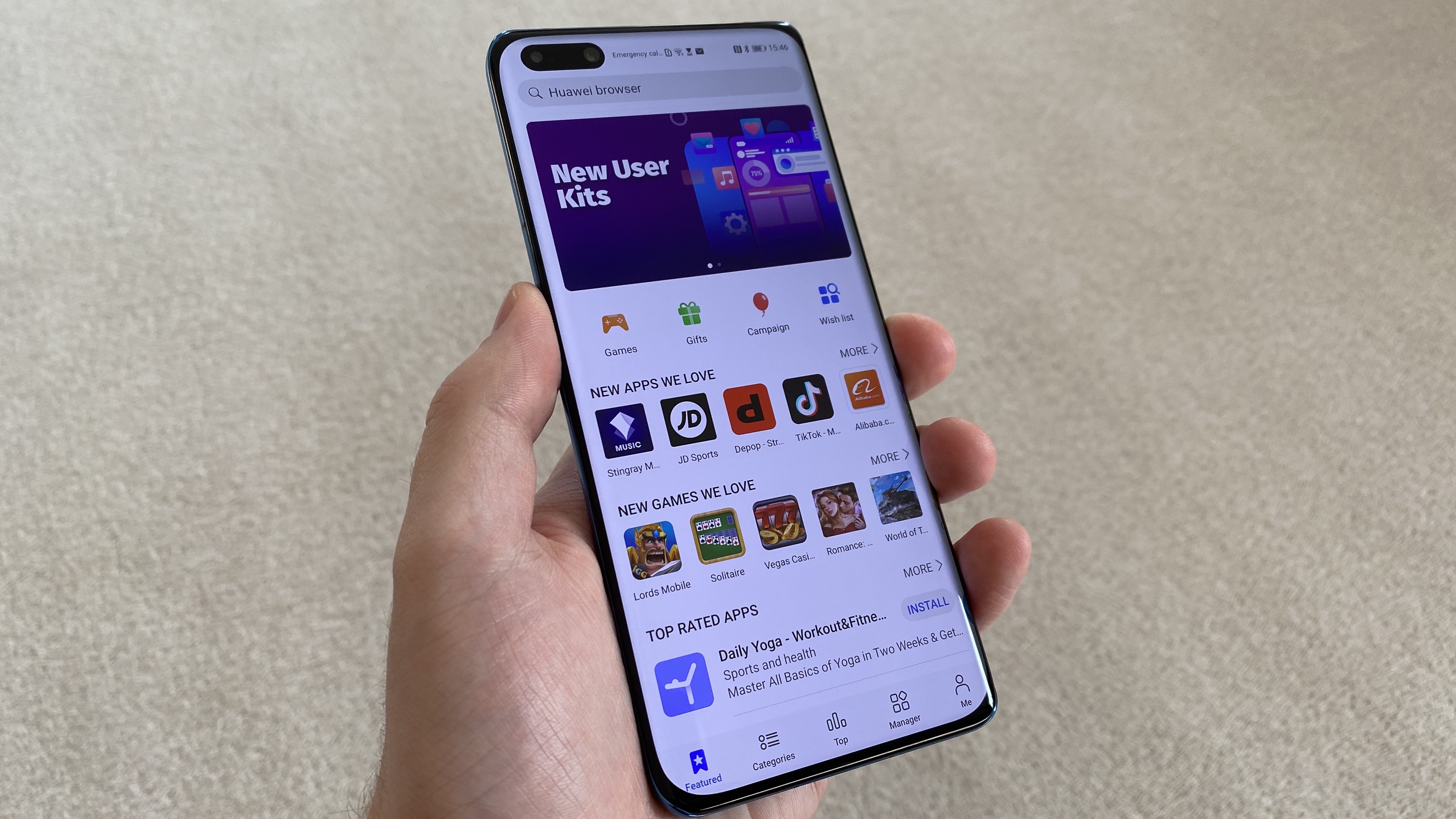
The only notable absences on App Gallery are Netflix and other popular western streaming services, and the G Suite apps I use for work. However, Huawei provides you with WPS Office, a Chinese-built competitor that can save text documents, spreadsheets and presentations into popular formats, so you can still collaborate with people working on Microsoft or Google's equivalents.
Huawei obviously wants you to use the App Gallery, but it also suggests using Phone Clone to port apps over from your old device, bypassing the re-downloading problem. Alternatively, there are third-party app stores you can use, such as the Amazon App Store, which lets you access popular apps like YouTube, provided you sign in with an Amazon account. There's also the option to download APK files online yourself, though carries security risks.
I'm not thrilled with the Huawei P40 Pro's software, but I feel comfortable now saying that if you're prepared to put some work in and swap a few apps for similar competitors or bookmarked browser versions, you can have a near-normal Android experience on the P40 Pro.
As for Celia, the revamped version of the HiVoice digital assistant that Huawei's been bundling with its phones for a few years, its voice is a lot more artificial than Siri or Google Assistant, and it's pretty slow to react to your commands since it needs to use the internet to process them. Google Assistant can perform many tasks without a data connection. Still, Celia was able to open the apps and take the pictures I commanded eventually.
Huawei P40 Pro: Early Verdict
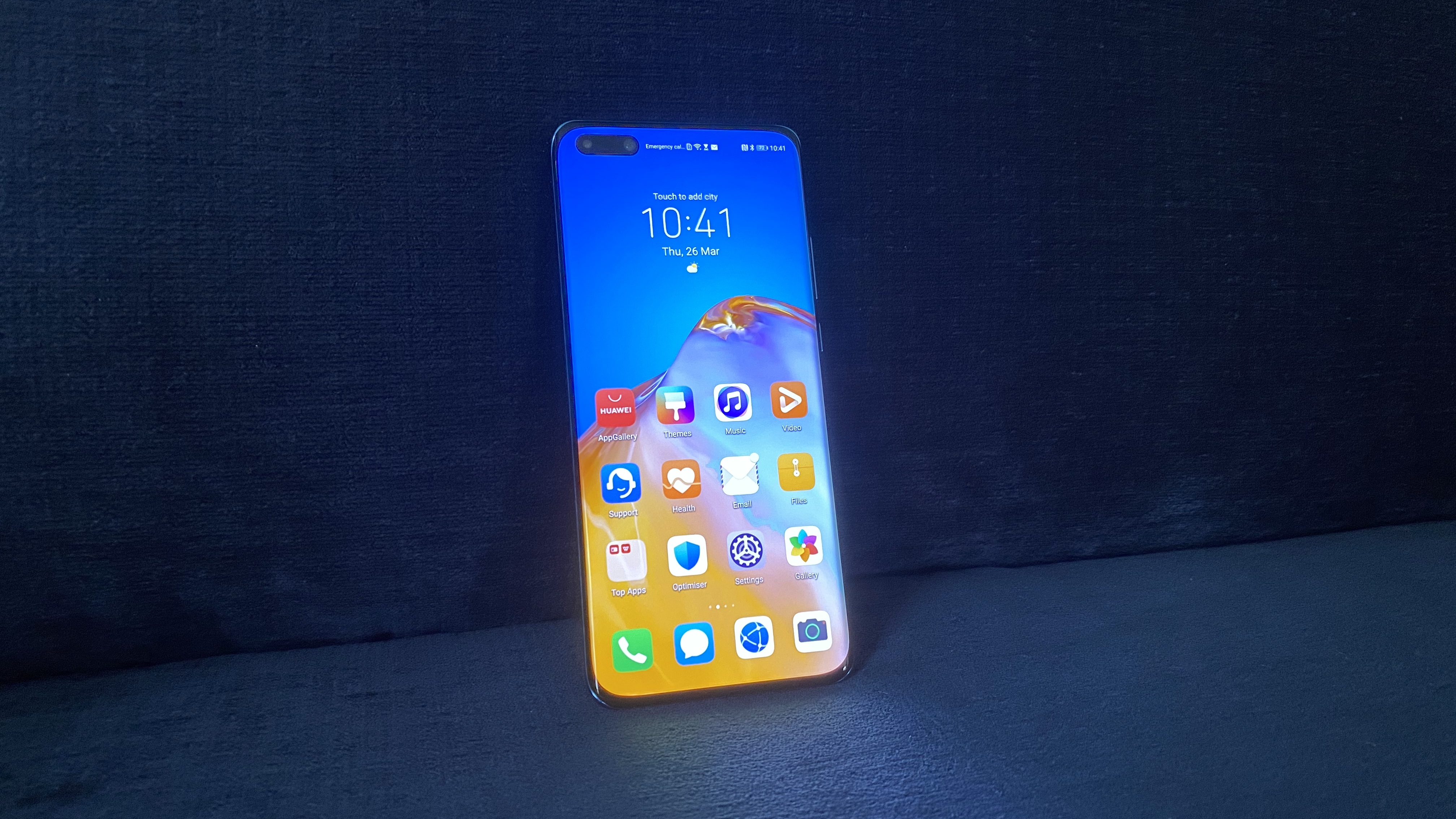
It may sound like damning with faint praise, but I am happy that the Huawei P40 Pro is close to a normal Android phone. Huawei always does a good job with its hardware, so I have no trouble recommending this phone to people who want something like a Galaxy S20 Plus but with a more unique design and arguably superior camerra. Now that Huawei's mostly got its act together with the App Gallery, I can almost see myself taking the plunge, moving my files and apps over and making the P40 Pro my personal handset.
If you want a straightforward Android experience, you should go for the Galaxy S20 Plus or Galaxy S20 Ultra, or maybe wait for the OnePlus 8 Pro. If you're only half-hearted about wanting a Huawei phone, you're still better off looking elsewhere, or at least waiting until Huawei adds more apps to the App Gallery or makes amends with the US government. But if you feel like you can't do without the mighty cameras, near-edgeless 90Hz display and other small but handy features, then you're the right kind of person to become a Huawei P40 Pro user.

Richard is based in London, covering news, reviews and how-tos for phones, tablets, gaming, and whatever else people need advice on. Following on from his MA in Magazine Journalism at the University of Sheffield, he's also written for WIRED U.K., The Register and Creative Bloq. When not at work, he's likely thinking about how to brew the perfect cup of specialty coffee.
